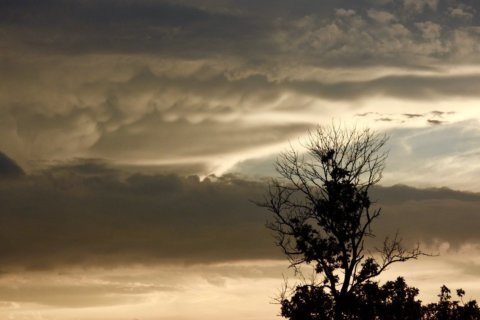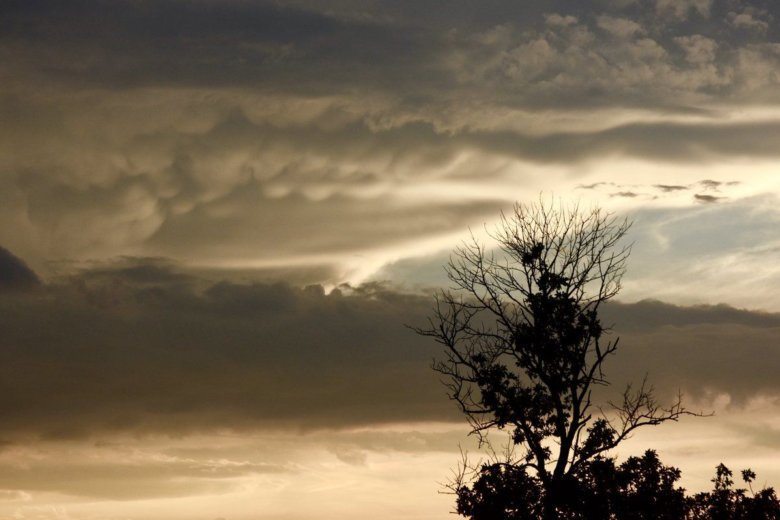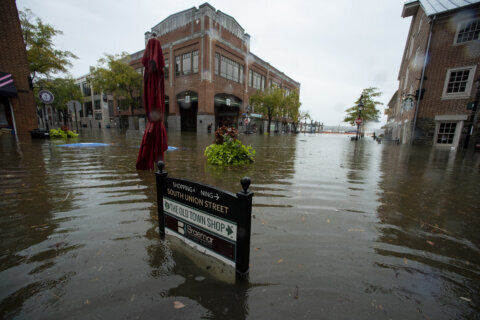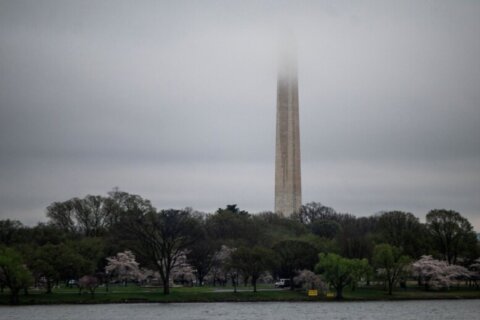
A third day of hot and humid weather is on the forecast for Thursday, and if temperatures hit 90 degrees or above, then it’s officially a heat wave for the D.C. area.
Wednesday morning into Friday will be partly cloudy and muggy, with a few showers possible.
Thursday afternoon could see some scattered storms that could produce high winds and heavy rain. The National Weather service said that the storms will come after 2 p.m. Temperatures will be around 90 degrees.
Severe weather bypassed the area Wednesday but not the heat. Just before 4 p.m., the temperature at Reagan National Airport was 92 degrees, with a heat index of 96. The record temperature for this date is 97 in 1941.
Forecast
Thursday: Scattered afternoon storms, possibly severe. Hot and humid. Highs around 90.
Friday: Mostly sunny and cooler with lower humidity. Highs: low to mid 80s.
Saturday: Mostly to partly sunny. Hot and humid. Isolated shower or storm possible later in the day. Highs: mid 80s to around 90.
Sunday: Scattered afternoon storms. Highs around 80 degrees.
Severe storms have been raking much of the U.S.
Monday marked the record-tying 11th straight day with at least eight tornadoes in the U.S., said Patrick Marsh, a Storm Prediction Center meteorologist. The last such stretch was in 1980. The weather service website showed at least 27 reports of tornadoes on Tuesday, most in Kansas and Missouri but also in Pennsylvania and Illinois.
Outbreaks of 50 or more tornadoes are not uncommon. They’ve happened 63 times in U.S. history — with three instances of more than 100 twisters, Marsh said. But Monday’s swarm was unusual because it happened over a particularly wide geographic area and came amid an especially active stretch, he said.
As for why it’s happening, Marsh said high pressure over the Southeast and an unusually cold trough over the Rockies are forcing warm, moist air into the central U.S., triggering repeated severe thunderstorms and tornadoes. And neither system is showing signs of moving, he said.
Scientists say climate change is responsible for more intense and more frequent extreme weather such as storms, droughts, floods and fires. But without extensive study, they cannot directly link a single weather event to the changing climate.
- Listen to WTOP online and on the radio at 103.5 FM or 107.7 FM.
- Current traffic conditions
- Sign up for WTOP alerts
The Associated Press contributed to this report.










